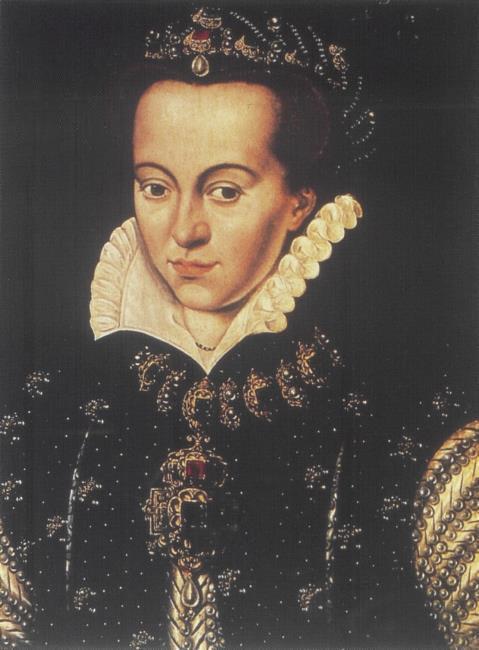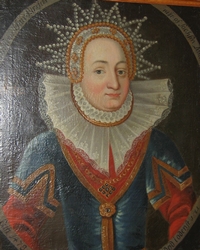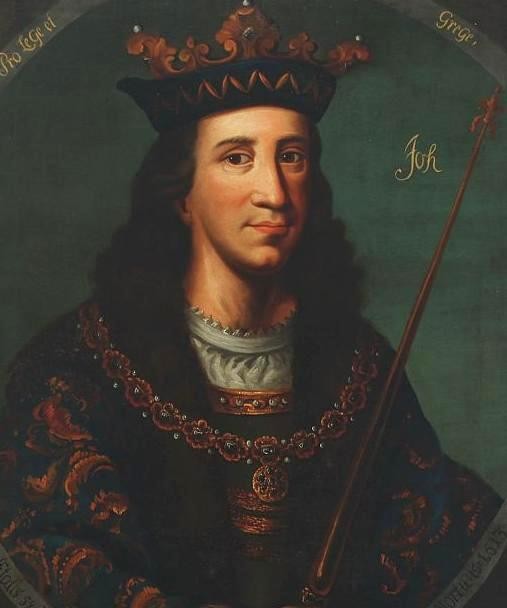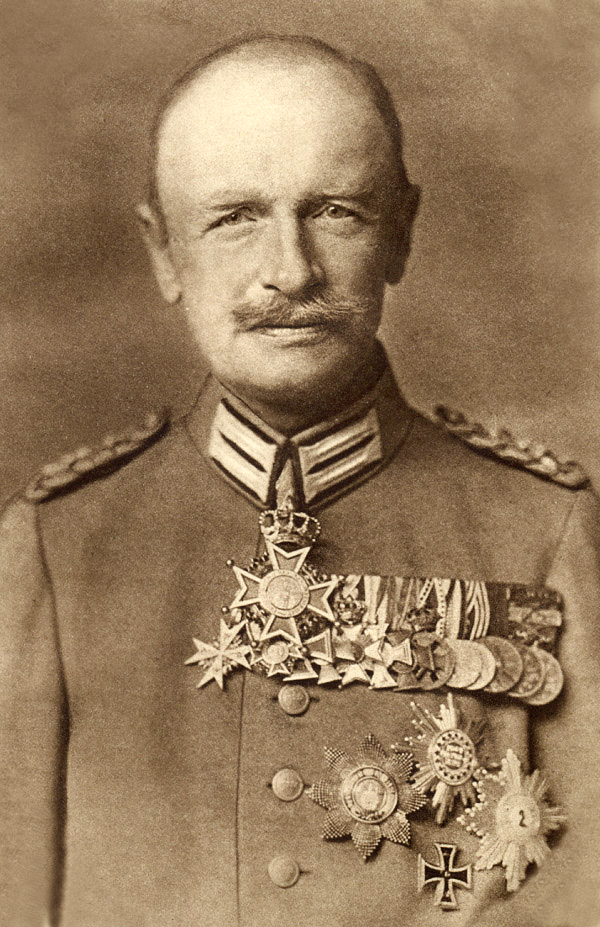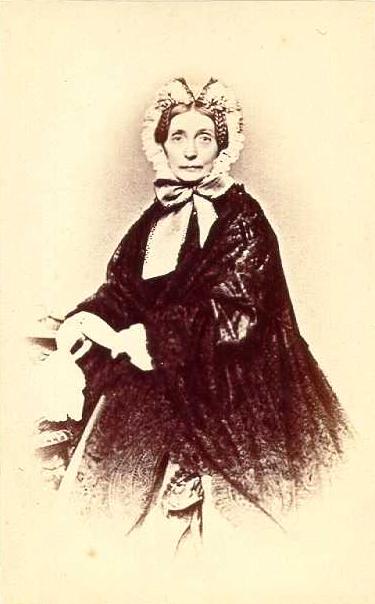by Susan Flantzer
© Unofficial Royalty 2021

Maria Ferdinanda of Saxony, Grand Duchess of Tuscany; Credit – Wikipedia
Maria Ferdinanda of Saxony was the second wife of Ferdinando III, Grand Duke of Tuscany. Born at the Royal Palace in Dresden, Electorate of Saxony, now in the German state of Saxony, on April 27, 1796, Maria Ferdinanda was the second of the seven children and the second of the four daughters of Maximilian, Hereditary Prince of Saxony and Princess Carolina of Parma. She was given the names Maria Ferdinanda Amalia Xaveria Theresia Josepha Anna Nepomucena Aloysia Johanna Vincentia Ignatia Dominica Franziska de Paula Frances de Chantal. Maria Ferdinanda’s paternal grandparents were Friedrich Christian, Elector of Saxony, and Maria Antonia Walpurgis of Bavaria. Her maternal grandparents were Ferdinando, Duke of Parma and Maria Amalia of Austria.
Maria Ferdinanda had six siblings:
- Princess Amalie of Saxony (1794 – 1870), unmarried
- Friedrich August II, King of Saxony (1797 – 1854), married (1) Archduchess Maria Caroline of Austria, no children (2) Princess Maria Anna of Bavaria, no children
- Prince Clemens of Saxony (1798 – 1822), unmarried
- Princess Maria Anna of Saxony (1799 – 1832), married Leopoldo II, Grand Duke of Tuscany, had three children
- Johann I, King of Saxony (1801 – 1873), married Princess Amalia of Bavaria, had nine children
- Princess Maria Josepha of Saxony (1803 – 1829), married Ferdinand VII, King of Spain (third wife), no children

Engraving of Maria Ferdinanda in 1822, the year of her wedding; Credit – Wikipedia
Maria Ferdinanda’s younger sister Maria Anna was to marry the future Leopoldo II, Grand Duke of Tuscany, son of Ferdinand III, Grand Duke of Tuscany. However, Maria Anna was so terrified of meeting her bridegroom that she refused to leave Saxony unless her sister Maria Ferdinanda accompanied her. During the wedding celebrations, Maria Ferdinanda caught the eye of the groom’s father Ferdinando III, Grand Duke of Tuscany, twenty-seven years older than Maria Ferdinanda.
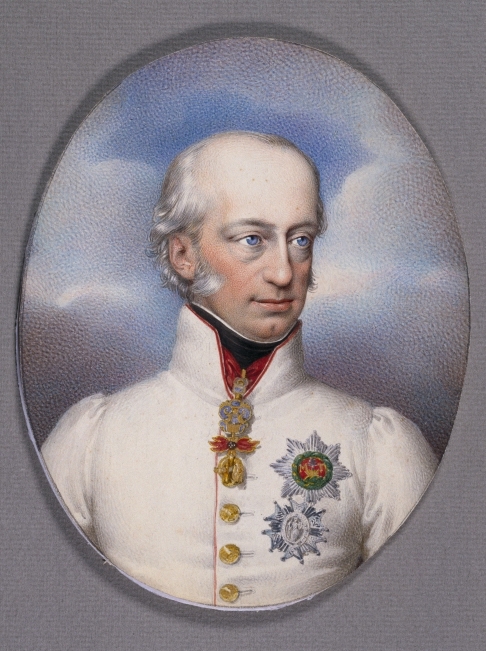
husband Ferdinando III, Grand Duke of Tuscany; Credit – Wikipedia
Four years later, when his son Leopoldo and his wife Maria Anna had not produced any children, Ferdinando decided to marry twenty years after the death of his first wife Luisa of Naples and Sicily. He chose Maria Ferdinanda as his second wife, and they were married on May 6, 1821, in Florence, Grand Duchy of Tuscany, now in Italy. Ferdinando hoped to have more children, but his marriage to Maria Ferdinadna remained childless. Three years after his second wedding, Ferdinando I, Grand Duke of Tuscany, aged 55, died on June 18, 1824, in Florence, Grand Duchy of Tuscany, now in Italy.

Maria Anna of Saxony, sister of Maria Ferdinanda; Credit – Wikipedia
Maria Ferdinanda became a widow at the age of twenty-eight, but she never remarried. After Ferdinando III’s death, his son Leopoldo succeeded him, and Maria Ferdinanda’s sister Maria Anna became the new Grand Duchess of Tuscany. Maria Anna and Leopoldo eventually had children – three daughters who could not succeed to the throne of Tuscany. After Maria Anna died in 1832 from tuberculosis, Leopoldo married Princess Maria Antonia of the Two Sicilies, and the couple had ten children, including Leopoldo’s heir and the last Grand Duke of Tuscany, Ferdinando IV.
In 1859, the Grand Ducal family was forced to flee Florence because of the wars caused by the Italian unification movement, and the family, including Maria Ferdinanda, took refuge in Austria. On July 21, 1859, Leopoldo II abdicated in favor of his son Ferdinando IV, Grand Duke of Tuscany in name, but never really reigned. The Grand Duchy of Tuscany was annexed to the Kingdom of Sardinia in 1860, as a part of the unification of Italy. In 1861, Vittorio Emanuele II, King of Sardinia was proclaimed the first King of the new, united Kingdom of Italy.
Maria Ferdinanda lived partly in the Kingdom of Bohemia, then part of the Austrian Empire, and also in Dresden at the court of her brother, King Johann of Saxony. She had a very close relationship with her unmarried sister Amalie, a comedic opera composer under the pen name A. Serena, and a dramatist under the name Amalie Heiter.
Maria Ferdinanda survived her husband Ferdinando III, Grand Duke of Tuscany, by forty-one years, dying on January 3, 1865, aged 68, at the Chateau Brandýs nad Labem, a private property of the former Tuscany grand ducal family, in the Kingdom of Bohemia, now in the Czech Republic. She was buried in the Ferdinand Vault at the Imperial Crypt in the Capuchin Church in Vienna, Austria, where her husband’s first wife was also buried.
This article is the intellectual property of Unofficial Royalty and is NOT TO BE COPIED, EDITED, OR POSTED IN ANY FORM ON ANOTHER WEBSITE under any circumstances. It is permissible to use a link that directs to Unofficial Royalty.
Works Cited
- En.wikipedia.org. 2021. Princess Maria Ferdinanda of Saxony – Wikipedia. [online] Available at: <https://en.wikipedia.org/wiki/Princess_Maria_Ferdinanda_of_Saxony>.
- Flantzer, Susan, 2021. Ferdinando I, King of the Two Sicilies. [online] Unofficial Royalty. Available at: <https://www.unofficialroyalty.com/ferdinando-i-king-of-the-two-sicilies/>.
- Flantzer, Susan, 2021. Ferdinando III, Grand Duke of Tuscany, Archduke of Austria. [online] Unofficial Royalty. Available at: <https://www.unofficialroyalty.com/ferdinando-iii-grand-duke-of-tuscany-archduke-of-austria/>.
- It.wikipedia.org. 2021. Maria Ferdinanda di Sassonia – Wikipedia. [online] Available at: <https://it.wikipedia.org/wiki/Maria_Ferdinanda_di_Sassonia> [Accessed.
- Wheatcroft, Andrew, 1995. The Habsburgs. New York: Viking.
- Wilson, Peter, 2016. Heart of Europe – A History of the Holy Roman Empire. Cambridge: Belknap Press of Harvard University Press.

